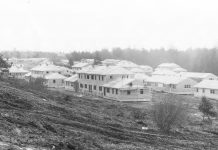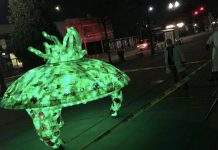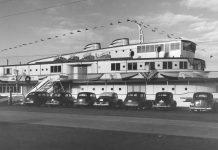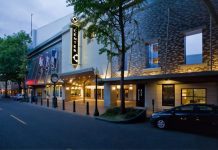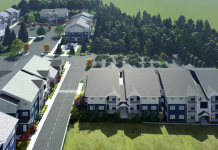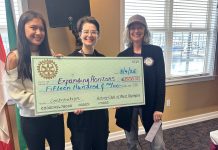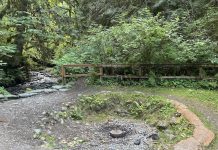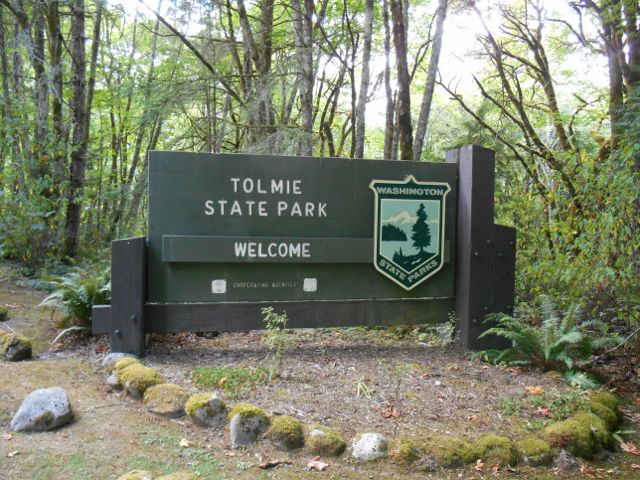By Drew Crooks
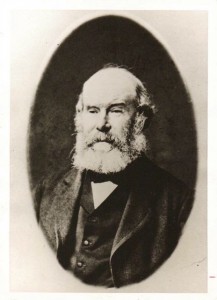
Tolmie State Park is a pleasant and popular waterfront recreation area located on Puget Sound in the Northeast section of Thurston County. It is named after Dr. William Fraser Tolmie (1812-1886), a remarkable man who achieved much during his lifetime.
Born in Inverness, Scotland on February 3, 1812, William Tolmie became a highly educated individual. He received a diploma in medicine at the University of Glasgow in 1831 and temporarily served as a clerk in an emergency cholera hospital in that Scottish city during an 1832 epidemic. Later the same year, on September 12, 1832, the young Scotsman joined the Hudson’s Bay Company (HBC).
What was the HBC? In the nineteenth century this British corporation operated a series of trading posts scattered across what is now Canada and the Pacific Northwest. Fort Nisqually, which was situated on land that later became part of the City of DuPont in Pierce County, was the major post of the HBC in the Puget Sound area. This station also served as the regional headquarters for the Puget’s Sound Agricultural Company (PSAC), a farming subsidiary of the HBC.
Dr. William Fraser Tolmie first arrived at Fort Nisqually on May 30, 1833. The young HBC official stayed at the newly established post for seven months, then moved on to other Company posts on the Northwest Coast. In 1843 Dr. Tolmie returned to Fort Nisqually and oversaw the relocation of the post one mile inland to a site on the south bank of Sequalitchew Creek. Here there was better farming land and easier access to water. Dr. Tolmie commanded Fort Nisqually for the next sixteen years.
During this time the HBC/PSAC station was an active trading post and center of farming activities – both livestock and crops. In addition, Fort Nisqually served as home for a multicultural community of Company employees and their families. Also the station acted as a meeting place between HBC workers, Native Americans, and American settlers.
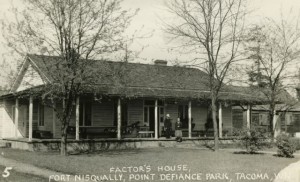 From 1843 to 1859 Dr. Tolmie served as a capable leader of HBC/PSAC operations at Fort Nisqually. He defended Company interests well, and managed to coexist with various groups. This could be difficult in an age of strong nationalistic emotions and conflict over land. In addition to his business duties, Dr. Tolmie carried out botanical studies and learned the Native language of Lushootseed.
From 1843 to 1859 Dr. Tolmie served as a capable leader of HBC/PSAC operations at Fort Nisqually. He defended Company interests well, and managed to coexist with various groups. This could be difficult in an age of strong nationalistic emotions and conflict over land. In addition to his business duties, Dr. Tolmie carried out botanical studies and learned the Native language of Lushootseed.
While at Fort Nisqually the hardworking William Fraser Tolmie steadily rose in the ranks of the HBC. He was promoted to the position of Chief Trader in 1847 and became a Chief Factor in 1855. In regards to his personal life, Dr. Tolmie married Jane Work in 1850. She was the daughter of John Work, a legend in the fur trade era who ranked high in the HBC. William and Jane had twelve children: five daughters and seven sons. One son, Simon Fraser Tolmie, later served five years as premier of British Columbia.
In the late 1850s, the HBC transferred William Fraser Tolmie to Victoria on Vancouver Island. He departed Fort Nisqually with his family in 1859, leaving his second in command Edward Huggins in charge of the post on Puget Sound. Dr. Tolmie remained active in Victoria. He worked for the Company until an 1871 retirement, served in the Legislative Assembly of Vancouver Island from 1860-66, and ran a large farm named Cloverdale. While his wife Jane died in 1880, Dr. Tolmie passed away in 1886.
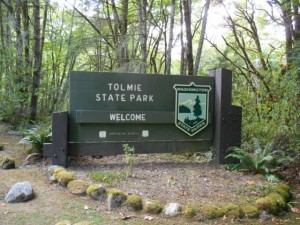 Tolmie State Park in Thurston County is on land formerly known as Jones Beach, named after the Jones family. When the state park officially opened to the public in 1975, it was called Tolmie in honor of Dr. William Fraser Tolmie who contributed so much to South Puget Sound history. Tolmie State Park on Puget Sound is a wonderful place to visit, a marine day-use recreation area with 1,800 feet of saltwater shoreline. There is even an underwater park section that includes an artificial reef constructed with the help of scuba divers.
Tolmie State Park in Thurston County is on land formerly known as Jones Beach, named after the Jones family. When the state park officially opened to the public in 1975, it was called Tolmie in honor of Dr. William Fraser Tolmie who contributed so much to South Puget Sound history. Tolmie State Park on Puget Sound is a wonderful place to visit, a marine day-use recreation area with 1,800 feet of saltwater shoreline. There is even an underwater park section that includes an artificial reef constructed with the help of scuba divers.
When visiting Tolmie State Park, be sure to have a daily or annual Discovery Pass which is good for all state parks. Funds raised from these passes enable the Washington State Parks, now in their Centennial Year, to carry on their good work. A visit to Tolmie State Park is also an excellent time to remember William Fraser Tolmie, a hardworking man who helped shape the history of our region.
Further Reading.
Carpenter, Cecelia Svinth, Fort Nisqually: A Documented History of Indian and British Interaction (Tacoma, WA: Tahoma Research Service, 1986).
Crooks, Drew W., Past Reflections: Essays on the Hudson’s Bay Company in the Southern Puget Sound Region (Tacoma, WA: Fort Nisqually Foundation, 2001).
Fort Nisqually Living History Museum, Occurrences, Vol. XIX, No. 1 (Winter 2001). (This entire issue focuses on William Fraser Tolmie.)





